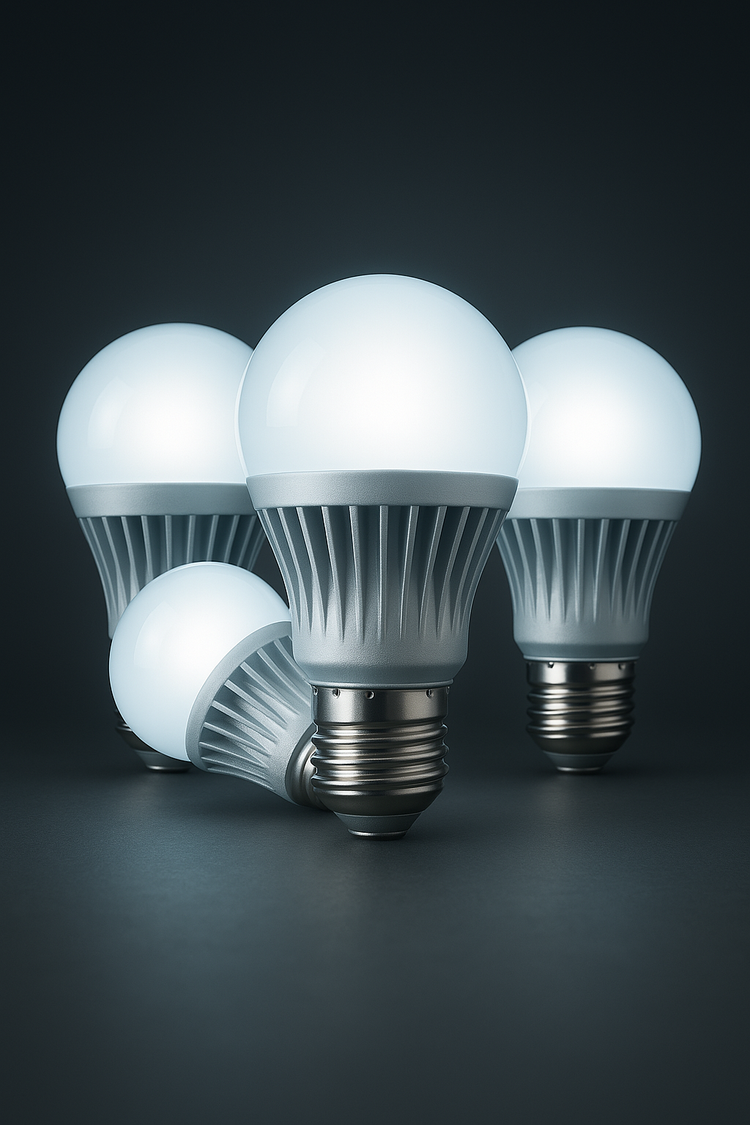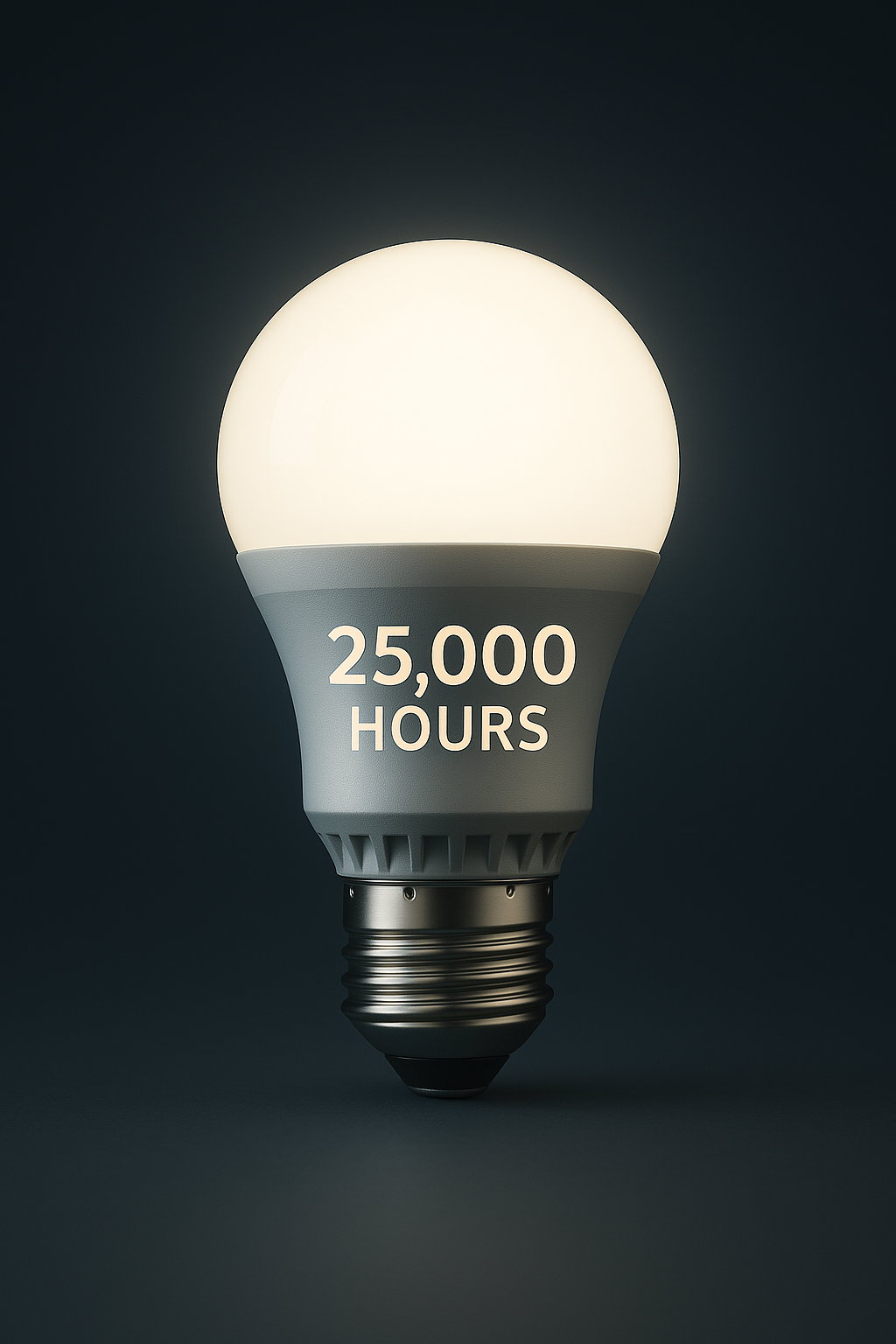Explanation Needed: How do LED lights work?
LEDs, or Light Emitting Diodes, represent a significant advancement in lighting technology. These lights are now found in numerous devices, including smartphones, TVs, and streetlights, due to several advantages. It's compact, efficient, and durable, which makes LEDS a popular choice. The operation of LED lights is based on a sophisticated interplay of physics and engineering that converts electricity into visible light. So, how do LED lights work? Let me explain.
The Science Behind The Lights
At the core of LED lights is a semiconductor, specifically a diode that allows electrical current to flow in one direction. The diode is composed of two layers: one is an N-type material with an excess of negative charge, and the other is a P-type material containing 'holes' or positive charge. These two layers work together to create a path for electrons to move from the N-type to the P-type material. As electrons flow through the diode, they release energy in the form of light, which is the fundamental principle behind LED technology.
When voltage is applied across the LED, electrons from the N-side are pushed into the P-side. As these electrons fall into the holes on the P-side, they release energy in the form of photons. These photons represent the tiny packets of light that our eyes can perceive. This mechanism is referred to as electroluminescence. Through this process, the LED emits visible light.
There's a reason why LEDs come in Different Colors.
The color of the light is influenced significantly by the energy gap between the materials in the diode. Smaller gaps result in lower energy, producing red or yellow light. In contrast, larger gaps correspond to higher energy, resulting in the emission of blue or white light. This relationship between energy gaps and light color is critical in understanding diode functionality. The variation in color arises from the differing energy levels of the materials used.
The White LEDs initially start as blue LEDs coated with a yellow phosphor layer, which then shifts into a warm or cool white tone.
LED energy efficiency changed the world
Compared to traditional light filament bulbs, LEDs use less energy and emit minimal heat. LEDs are directional, providing light precisely where it is needed. Their durability is impressive; they can last 25,000 hours or more, significantly outlasting incandescent or CFL bulbs. LED lighting is truly a global game-changer.
LEDs are found in everything from power banks to TVs, and their presence is only set to increase as they become smarter. The integration of RGB variants in gaming systems allows for enhanced customization and aesthetics. Programmable drivers enable users to tailor their LED experiences to suit individual preferences. This trend underscores the increasing significance of LEDs in both high-end technology and DIY projects. As a result, the versatility and appeal of LEDs continue to evolve in various applications.








